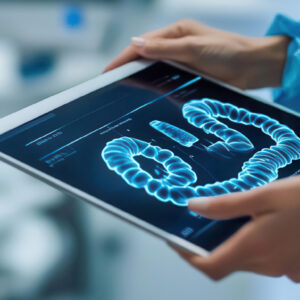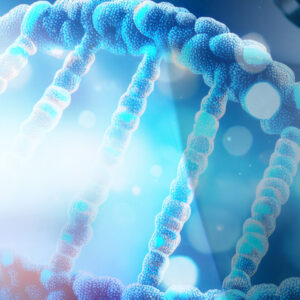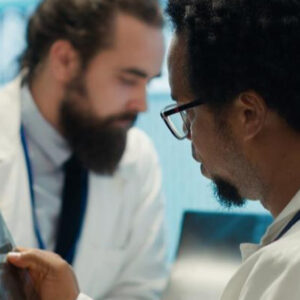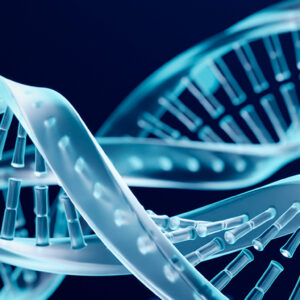Androgen insensitivity syndrome (AIS) is characterized by feminization of the external genitalia at birth, impaired pubertal development, and subsequent infertility in a 46,XY karyotype. The prevalence is reported to be 1:20,000-40,000 in the Caucasian population. Defects in sex development are caused by different dysfunctions in androgen activity and can be classified into three phenotypes:
- Complete AIS (CAIS) with female phenotype
- Partial AIS (PAIS) with predominantly female or male phenotype
- Minimal or mild AIS (MAIS) with male phenotype
Patients with CAIS have female external genitalia, most often with blind ending vagina with a male karyotype and are conspicuous at puberty by an absence of pubes and axillary hair with the presence of breast growth. One third of affected patients develop rudimentary tubes, and bilateral inguinal hernias occur frequently as an expression of prolapsed gonads. Patients with PAIS show high phenotypic variability, ranging from predominantly female external genitalia with clitoral hypertrophy to predominantly male external genitalia with micropenis, hypospadias, and cryptorchidism. Patients with MAIS present with male external genitalia sometimes accompanied by minor abnormalities such as coronary hypospadias with or without fertility restriction.
The most common cause is missense variants in the androgen receptor gene (AR) leading to AR transcription factor dysfunction. The detection rate of pathogenic variants is 95% in CAIS patients, less than 50% in PAIS patients and even lower in MAIS patients. More than 800 described variants are distributed across the gene, with almost 450 of them classified as pathogenic and predominantly localized in the ligand-binding domain. AIS is inherited in an X-linked recessive pattern. Offspring of heterozygous mothers have a 50% probability to inherit the trait.
In addition, the AR gene contains a CAG repeat of 13-31 repeats. A repeat expansion causes spinobulbar muscular atrophy (Kennedy Disease).
AIS belongs to the heterogeneous group of Disorders of sex development (DSD). In 46,XY-DSD, pathogenic variants have been described in a number of other genes: SRY, NR5A1, SRD5A2, HSD3B2, HSD17B3, MAMLD1, NROB1, WNT4, DMRT1, SOX9, DHH, TSPYL, WWOX, and WT1. In case of an inconspicuous male karyotype, these genes can be investigated in the context of multi-gene panel sequencing (NGS).
References
Ahamadifard et al. 2019, Andrologia, e13250 / Mognan et al. 2015, Best Pract Res Clin Endocrinol & Metab 29:569 / Gottlieb et al. 2012, Update Hum Mutat 33: 887 / Deeb et al. 2008, J Clin Endocrinol Metab 93:3691 / Galani et al. 2008, Hormones 7:217 / Gottlieb 2004, Reprod Biomed Online 10:42 / Wieacker et al. 1998, Reproduktionsmedizin 14:215





















